How to Follow a Low-Residue Diet

Why Eat This Way?
This diet, which is sometimes called a low-fiber diet, limits fiber from nuts, seeds, veggies, grains, and other sources. Yes, your body needs it, but it’s hard to digest. Sometimes your system needs a rest. Your doctor may suggest it if you have:
- Inflammatory bowel disease (IBD), ulcerative colitis, or Crohn’s disease
- Diverticulitis
- Surgery on your digestive tract, like an ileostomy or colostomy
- An imaging test like a colonoscopy
- Radiation and chemotherapy treatments for cancer
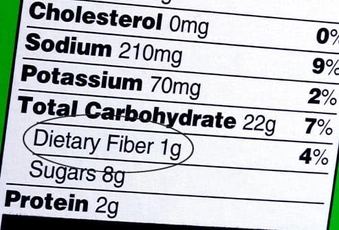
How Do I Get Started?
Talk to your doctor, who can show you how to stay within your personal fiber limits. Headed to the store? Read labels. Look for items with 1 gram of fiber or less per serving. And because eating this way for long periods of time can be unhealthy, you may also want to talk with a nutritionist about how to make sure you get all the nutrients you need.
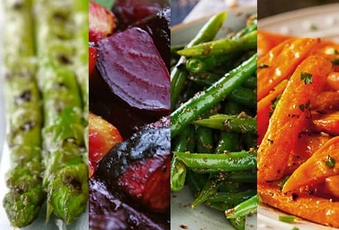
Eat Your Veggies
Just have them well-cooked or canned. Asparagus tips, beets, green beans, carrots, mushrooms, pumpkin, and pureed spinach are your best bets. Stay away from anything with seeds, and always peel it first. Skip cooked peas, winter squash, broccoli, Brussels sprouts, cabbage, onions, cauliflower, and corn.
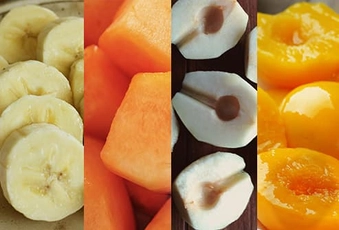
Pick Fruit Wisely
High-fiber options like figs, berries, and dried fruits are out. But you have plenty of others, like ripe bananas, soft cantaloupe, peaches, and pears. As with veggies, make sure they’re peeled and have no seeds. Canned or cooked seedless fruits are good, too. If you’re a juice fan, get a no-pulp product. But say no to fiber-rich prune juice.
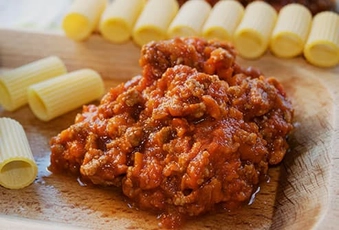
Take the Mystery Out of Meat
Animal products don't have fiber, so this plan is OK with beef, lamb, veal, pork, chicken, fish, and shellfish in moderation. The same goes for organ meats. Whatever you choose, remember to:
- Make sure it’s ground and well-cooked.
- Pass up tough, gristly cuts.
- Stick to servings of 2 to 3 ounces.

Be Wary of Dairy
There’s no fiber in milk, but it can upset your stomach. If it doesn't agree with you, avoid it. That includes milk, yogurt, cottage cheese, custard, and ice cream. Half-ounce servings of cheese are OK.
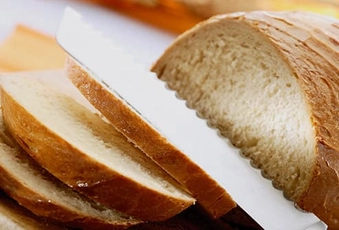
Say Goodbye to Whole Grains
Go ahead and make that sandwich. Just make sure the bread isn’t whole-grain. That goes for crackers, cereals, pasta, and rice, too. Choose refined white options with no more than a half-gram of fiber per serving.

Satisfy Your Sweet Tooth
There’s no need to skip sweets while you’re eating this way, but try to keep them to a minimum. You can have dessert as long as you pass on goodies that have nuts, coconut, cocoa powder, or dried fruits. Try these treats instead:
- Plain cakes and cookies
- Puddings, gelatin, and custard
- Sherbet, ice cream, and ice pops
- Hard candy
- Clear jelly, honey, and syrup

Just Say No To
Anything that’s high-fiber, spicy, has a skin, or contains seeds or nuts. While you’re purging the pantry, toss these, too:
- Pickles, olives, and relishes
- Popcorn
- Coconut
- Chocolate
- Dried fruits, prunes, and prune juice
- Beans and lentils
- Crunchy peanut butter
- Caffeine
- Graham crackers
- Raw fruits and vegetables
Show Sources
IMAGES PROVIDED BY:
1. Getty
2. Getty
3. Getty
4. Getty
5. Getty
6. Getty
7. Getty
8. Getty
9. Getty
SOURCES:
University of Pittsburgh Medical Center: "Low-Residue/Low-Fiber Diet."
Mayo Clinic: “Low-fiber Diet.”
Women’s and Children’s Hospital of Buffalo: “Patient Care: Low Residue Diet.”